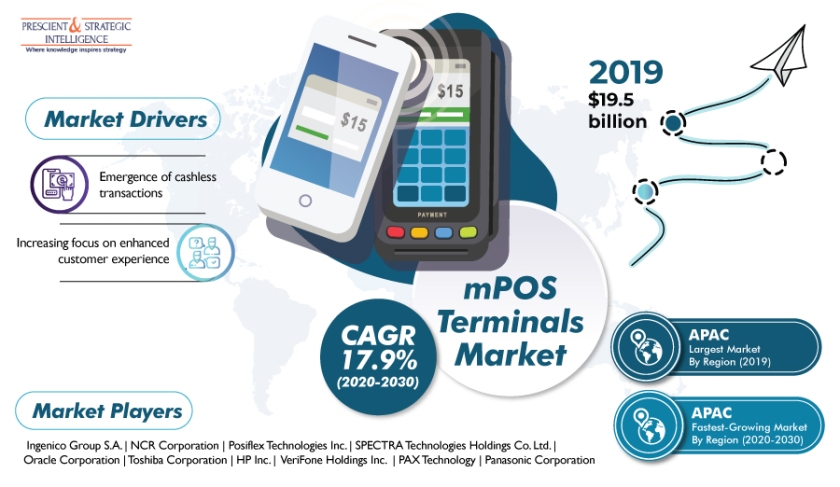Apart from mobile phones, 5G RF transceivers are also integrated in base stations, which, ultimately, all phones, wired and wireless, communicate with. In this regard, the growth of the telecom sector around the world is fueling the demand for such components. With the demand for faster data transmission and clearer voice rising from the expanding telecom consumer base in the U.K., the U.S., South Korea, and China, these countries are rapidly upgrading their base stations to 5G.
Get the Sample Copy of this Report @ https://www.psmarketresearch.com/market-analysis/5g-rf-transceiver-market-forecast/report-sample
For instance, since the 5G service rollout in China in 2019, over 86,000 compatible base stations have been set up, reflecting a huge rise in the number of 5G RF transceivers installed. Moreover, Finnish smartphone manufacturer Nokia Corporation signed 62 contracts with leading mobile network service providers, including Verizon Communications Inc. and AT&T Inc., and launched 18 commercial 5G networks around the world.
Furthering the pace of connectivity transformation, the People’s Ministry of Industry and Information Technology had also announced plans to set up 500,000 5G base stations in 2020. The same year, Ericsson, the Swedish telecom giant, established a 5G base station in the U.S. Due to such a rapid upgradation of the telecom network by regional governments, Asia-Pacific (APAC) dominated the 5G RF transceiver market in the past. APAC is also home to the most people, so the consumer base for telecom services and smartphones is naturally the largest here.
Moreover, with the IT industry of the region witnessing technological advancements, the adoption of the internet of things (IoT), building security systems, smart farming, smart utility meters, commercial satellite imaging, and home automation is rising. Since all these applications also require high-speed internet connectivity, the demand for 5G RF transceivers continues to rise in APAC.
Therefore, with governments around the world beginning to offer improved telecom services to people, the requirement for 5G RF transceivers is bound to increase.









